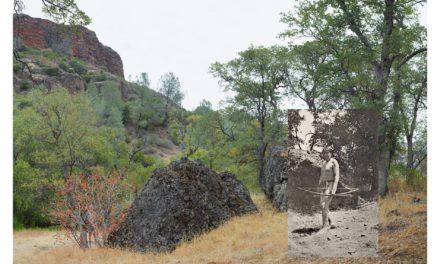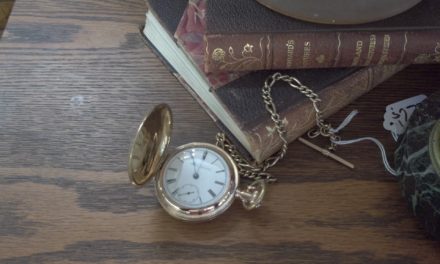BRIEF HISTORY OF THE FEATHER RIVER RAIL SOCIETY
When the 80 year corporate life of the Western Pacific Railroad began ending with the merger into the larger Union Pacific Railroad, a group of WP employees and historians came together to form the Feather River Rail Society. Their goal was to preserve some measure of this unique and significant railroad. The WP had long been a force in the railroad industry far out of proportion with its relatively small size. Always a frugal and innovation operation (even, sometimes, in the face of bankruptcy), the WP had helped pioneer such important advances as diesel power, turbocharging, centralized traffic control, roller bearing-equipped freight cars, computerization and the use of concrete ties to name a few. These attributes had long earned the WP admiration among railfans and historians and its passing was widely mourned.
In 1983, the Feather River Rail Society was formed and quickly began laying plans for a permanent museum. The Union Pacific Railroad graciously donated several pieces of equipment to the city of Portola (including WP streamlined locomotive 921-D and Union Pacific Centennial locomotive 6946, the last built of the largest diesel locomotives ever made) and leased the WP’s Portola Locomotive Facility to the city for $1 per year. The FRRS became the steward for the new Portola Railroad Museum. In time, all equipment and the lease of the facility were transferred to the FRRS proper.
By the late 1990’s, the FRRS had assembled one of the premier collections of railroad history in the country focusing on a single railroad family. At that time, the society reevaluated its mission and rededicated itself to telling the story of railroading in America through the unique history of the Western Pacific and its corporate family, which included the famous Sacramento Northern interurban railroad, the Tidewater Southern Railway and the Central California Traction Company.
Today, the collection of the FRRS includes many unique and important items of railroad rolling stock, including Western Pacific 2001, a General Motors GP20 locomotive and the first of its model ever built; Western Pacific 805-A, a streamlined locomotive that is the last survivor of those built to pull the California Zephyr passenger train; California Zephyr dome-lounge car “Silver Hostel” and dining car “Silver Plate”; Western Pacific 501, an early diesel switching locomotive and the first diesel locomotive purchased by the railroad and such other rarities as a maintenance car used to build the WP line in the early 1900’s, a collection of railroad cranes and an unparalleled assortment of freight equipment. In addition, the FRRS owns a growing library of photographs and WP historical documents and has preserved several historic railroad structures, including the WP’s Portola Hospital and the Magnolia Jct. interlocking tower from Oakland, California.
The FRRS has become a vanguard for progressive historical preservation, even in the face of a shrinking economy and a location well removed from large population centers. We are one of the very few rail preservations groups regularly allowed to run our historic equipment on modern, high capacity railroad lines. Our Zephyr Project is one of the most ambitious rail preservation currently in progress in North America, with a goal toward recreating an entire and completely authentic 1950’s streamlined passenger train. The Western Pacific Historical Society, a division of the FRRS dedicated to historical documentation, holds annual conventions with an ever-growing attendance record and is the steward of an expanding archive of corporate documents and photographs. A complete rebuilding of the WPRM facility is in the works including restoration of the WP Hospital and the Magnolia Tower. The FRRS has also been instrumental in helping other museum organizations, including spearheading the complete relocation of the Golden Gate Railroad Museum collection from San Francisco when this group lost their home. In 2005, the FRRS joined with the Bay Area Electric Railway Association of Rio Vista, CA in completing one of the largest equipment trades in the history of the rail preservation movement. This trade helped both groups rationalize their collections in accordance with their established missions. This deal was widely hailed across the national preservation community and placed the FRRS as organization willing to innovate and break long held conventions in order to best preserve the history in its care.











